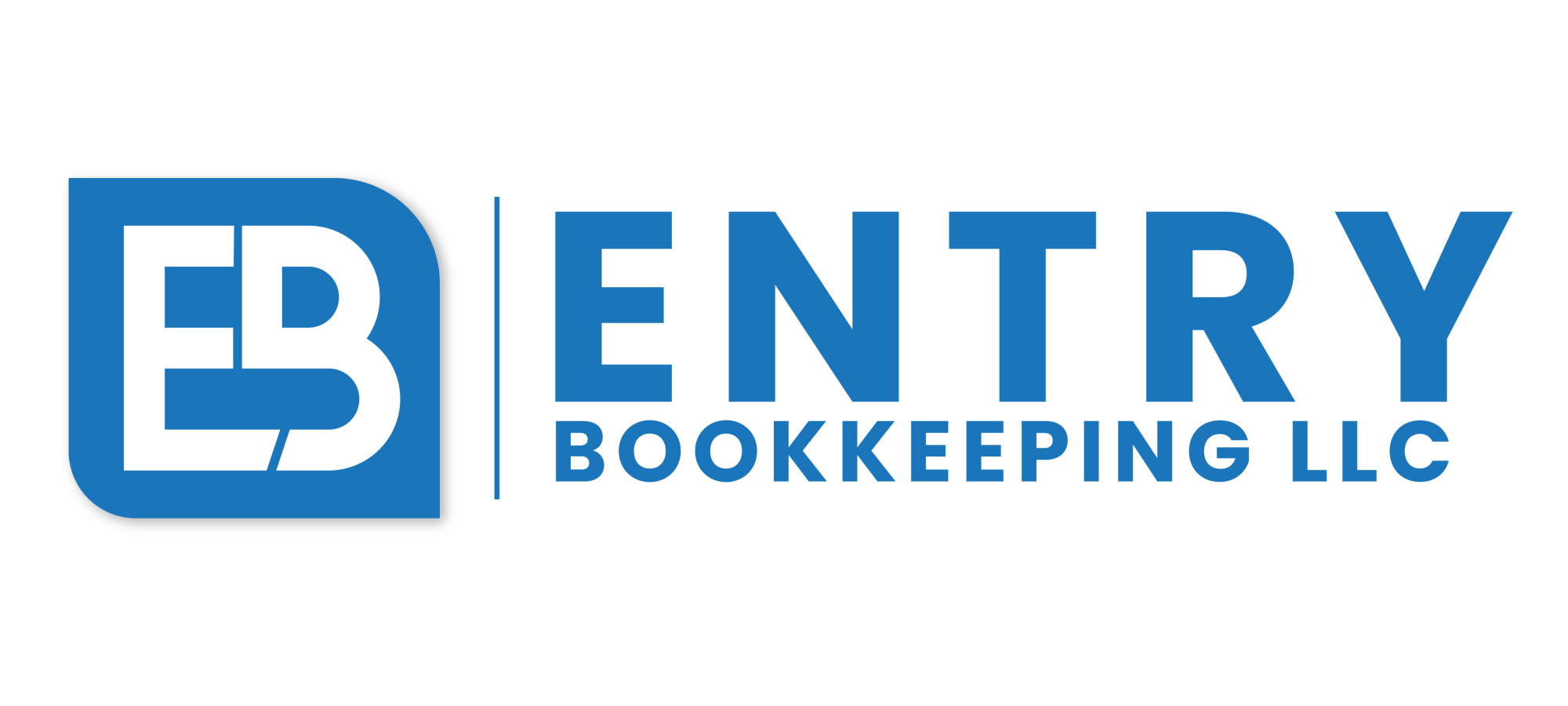The expected resale value of the item at the end of its useful life is also crucial, and this requires knowledge of market trends and demand for similar items. However, using CNRV may not always reflect a company’s cash flow situation accurately, especially if they have high levels of debt or tight cash flow constraints. You’ll need to adjust this resale value by subtracting any expenses related to selling the item, such as advertising or storage costs. To determine Gross Accounts Receivable, you need to know the total amount owed to your company by customers for goods or services sold on credit. In some cases, the Cash Net Realizable Value of an asset may be lower than its book value, which can have significant implications for a business’s financial statements and decision-making processes. For instance, if a business has a large inventory of unsold products, they may need to sell them at a discounted price to get rid of them quickly, which would impact their Cash Net Realizable Value.
One of the main advantages of using CRV is that it helps procurement professionals make informed purchasing decisions by providing them with accurate financial data. Net realizable value affects the cost of goods sold (COGS) by determining the lower value between the cost and NRV for inventory. If NRV is lower than the cost, the inventory is written down to NRV, increasing COGS and reducing gross profit. HighRadius offers a cloud-based Record to Report Suite that helps accounting professionals streamline and automate the financial close process for businesses. We have helped accounting teams from around the globe with month-end closing, reconciliations, journal entry management, intercompany accounting, and financial reporting. Cash Net Realizable Value is a forward-looking concept, meaning it takes into account the expected market conditions and the potential costs of selling the asset.
Calculate Net Realizable Value: NRV Explained with Formula and Example
NRV is particularly important for businesses that stock items subject to rapid changes in market value or obsolescence, like electronics or fashion goods. This reflects the broader trend where methods such as FIFO and LIFO influence how inventory items are accounted for and managed. When the accounts receivable are collected, the cash realizable worth is determined by deducting any allowances for doubtful accounts or uncollectible amounts.
Understanding the NRV is essential for businesses to maintain accurate financial records and make informed decisions. In the next section, we will delve into the formula cash realizable value formula and calculation of NRV, providing a step-by-step guide to ensure clarity and accuracy. Determining the expected selling price, estimating completion and disposal costs, and assessing obsolete or slow-moving inventory valuation can be complex and uncertain. Factors like the economy, competition and market demand can all impact future cash flow.
Some businesses use a combination of these methods or other formulas altogether depending on their specific needs and circumstances, allowing for greater flexibility and accuracy in inventory valuation. The Gross Profit Margin (GPM) method calculates inventory value by subtracting the cost of goods sold from total revenue, then dividing that figure by total revenue. The Gross Profit Margin (GPM) method is a simpler alternative that calculates inventory value by subtracting the cost of goods sold from total revenue, then dividing that figure by total revenue. Regulatory and compliance issues can also complicate the process, as different accounting frameworks will have varying requirements regarding the calculation and NRV reporting. This can be a challenge for companies operating in multiple jurisdictions or under different accounting standards. NRV provides valuable insights into cash flow and financial planning and analysis, helping in cash flow management, cash flow forecasting, evaluating product profitability, and making budgetary decisions.
Account Receivable
In a contracting economy, clients may pass on orders or find it more difficult to make full payments, which can negatively impact a company’s cash realizable value. This can be especially challenging during periods of high inflation or high unemployment. During inflationary periods, the Federal Reserve may raise interest rates to combat rising prices, but this can lead to a contracting economy and higher unemployment. This makes it harder for clients or businesses to find budget for additional goods to buy.
How does net realizable value affect cost of goods sold (COGS)?
This helps businesses determine the net amount they can expect to receive from selling an asset after accounting for any additional costs involved in the sale. Additionally, you’ll need to account for disposal and transportation costs, which include shipping, handling, and any sales commissions. It adjusts expected future cash flows to reflect their present value using a discount rate that factors in inflation and other variables.
Account Reconciliation
- This is based on the actual cash value that could be obtained from the sale of assets or settlement of liabilities.
- As an example of the percentage of sales method, a company has historically experienced 2% bad debts, and sold $1,000,000 on credit in the last month.
- It considers the realizable value of its assets, allowing the balance sheet to present a true and fair view of the company’s liquidity.
- If we are not able to determine the market value, NRV can be used as a proxy for that.
A high NRV indicates that a company expects to collect a significant portion of its receivables, suggesting effective credit policies and collection efforts. Analyzing different investment opportunities helps you better understand the potential outcomes of various scenarios. For example, if you’re deciding between opening a new location or investing in new equipment, DCF can help you compare the expected returns and results of both options to make the best decision. Whether you’re investing in new equipment or launching a new product, DCF can help you determine if that investment is worth the expense.
Ready to Experience the Future of Finance?
Additionally, the CRV formula can also help companies negotiate better deals with suppliers. When purchasing new inventory, buyers can use their knowledge of CRV values to ensure they are paying fair prices and getting products that will provide them with a reasonable return on investment. However, the company anticipates that it will incur a collection cost of $200 and may not be able to collect $300 of the invoice amount due to potential bad debt. By using the Aging of Receivables method, Illumination Company estimated a total Allowance for Doubtful Accounts of $10,500, which is calculated by adding up the estimated uncollectible amounts for each category. This is why NRV is often a more accurate representation of a company’s actual cash flow, rather than Gross A/R.
Step 1: Determine Gross AR
NRV, in the context of inventory, is the estimated selling price in the normal course of enterprise, much less moderately predictable costs of completion, disposal, and transportation. Two of the largest property that a company may record on a steadiness sheet are accounts receivable and inventory. Net realizable worth (NRV) is the worth of an asset which can be realized when that asset is sold. The cash realizable value is the amount of money you expect to receive from your accounts receivable after deducting the uncollectable amount. You calculate the adjustment quantity by estimating how a lot of your accounts receivable are uncollectable.
The higher the percentage, the more the company retains on each dollar of sales to service its other costs and obligations. Gross profit margin is calculated by subtracting cost of goods sold (COGS) from total revenue and dividing that number by total revenue. Net realizable value is the estimated selling price of goods, minus the cost of their sale or disposal. Net realizable value is an essential tool in accounting, ensuring that asset values are reported accurately and conservatively. By incorporating NRV, businesses can maintain compliance with accounting standards, make informed decisions, and provide stakeholders with a realistic view of their financial health.
And it can be challenging to accurately determine the impact these factors will have when calculating DCF. Estimating cash flows and the discount rate correctly can be challenging, and errors in these inputs can affect the DCF results. For instance, overestimating your cash flow could lead to bad financial decisions, while underestimating it might cause you to overlook the growth potential a new investment or opportunity could bring to your business. One major advantage of CNRV is its ability to provide an accurate representation of the true value of inventory. This can help organizations make better decisions about buying and selling goods, reduce waste and improve profitability. CNRV also takes into account market fluctuations which can help companies stay agile in volatile environments.
- As a collective of industry professionals and enthusiasts, we aim to empower organizations with actionable strategies, innovative tools, and thought leadership that drive value and efficiency.
- At first glance, the profit figure may appear impressive, but if the gross margin for the company is only 1%, then a mere 2% increase in production costs is sufficient enough to make the company lose money.
- It may result in overestimating the available funds for future projects or debt repayments.
- In some cases, the Cash Net Realizable Value of an asset may be lower than its book value, which can have significant implications for a business’s financial statements and decision-making processes.
- If the recovery seems difficult even after taking all the efforts and sending notices and reminders, we must write off the balances of such debtors and receivables.
By understanding cash realizable value, businesses can make informed decisions and avoid overvaluing their assets. Net realizable value ensures accurate financial reporting and compliance with accounting standards by providing a conservative valuation of assets. However, it can be complex to calculate, relies on estimates, and may lead to frequent adjustments due to market fluctuations. To calculate the NRV, you’ll need to identify the estimated selling price, which is the amount you expect to receive from selling the asset.


